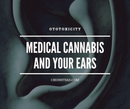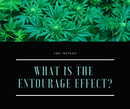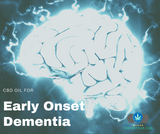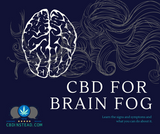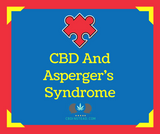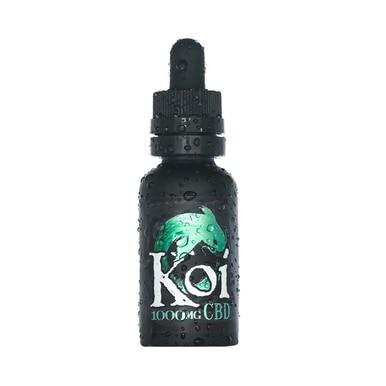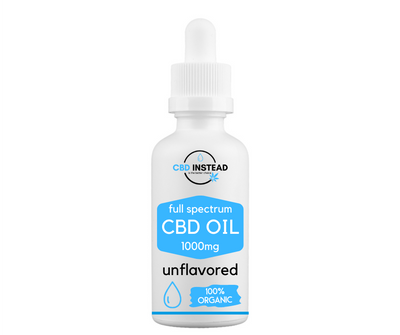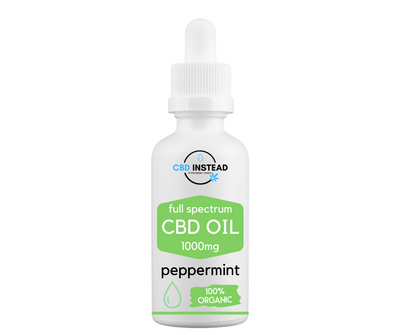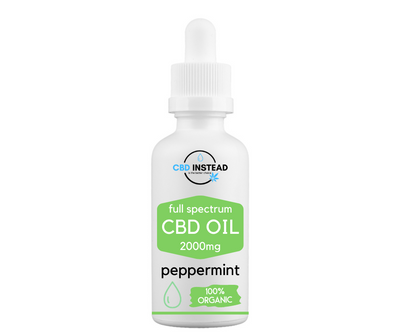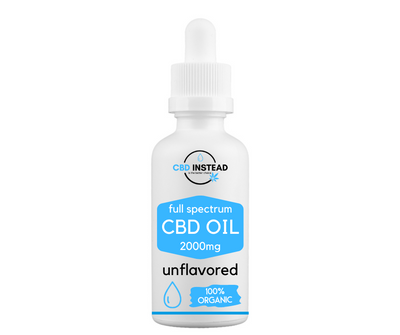CBD has been used since the beginning of time, so we hear. In 1997, they discovered the oldest hemp rope that dated back to 26,900 BC. Hemp was well known for its strong fibers and easily cultivated crops, but eventually, the world found out so much more.

Fast forward to 2727 BC, can you have the first ever recorded use of cannabis for medicinal purpose. Emperor Sheng Neng of China used marijuana tea to help with many ailments. He treated gout, rheumatism, malaria and even poor memory with his herbal teas. Word of this plant’s cures started spreading through the east until it made its way all the way to East Africa.
For thousands of years cannabis is known for medicinal and agricultural properties, but it wasn’t until the mid-1800s before science got into the thick of it. In 1839, the first paper that stated that cannabis could be used as medicine is published by William B. O'Shaughnessy.
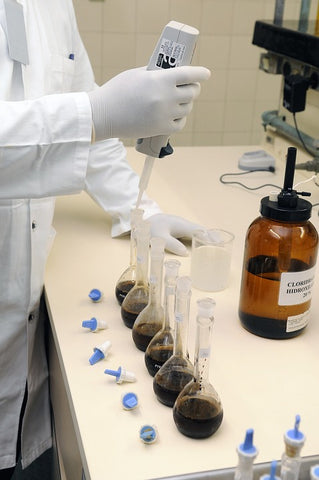
In 1940, for the first time ever, CBD was isolated by a team from the Department of Chemistry at Illinois University. They said it was “toxic,” but it wasn’t active in the cannabis plant. After the discovery of this compound, it wasn’t until 20 years later a scientist had the want, the funds, and the means to do more research on this plant.
In 1963, Professor Raphael Mechoulam finally reveals the complete structure of the main ingredient in cannabis, CBD. A lot of the laws in most countries were very strict when it came to marijuana, and a lot of people didn’t want to research in that field because of it. This is why Professor Mechoulam went to the national police instead of the Ministry of Health to gain subjects. Professor Mechoulam received five kilograms of hashish from the police department, which is how he was able to discover CBD in full as well as reveal THC a year later.
Though in the 1800s, they reported the effects cannabis had on epileptic symptoms, it wasn’t until 1976 a study was done to actually prove the point. At this time, researchers are also making groundbreaking moves showing that cannabis can help slow down the process of cancer.
Also in the 1970s, a man named Robert Randall sues the government for taking away his marijuana that he was using for his glaucoma. He had so much evidence that it halted the progression of the disease, he wins. The FDA tells the government they need to set up a plan to where Randall can receive the medication he needs.

In the 1980s, researchers began discovering the effects cannabidiol can have on pain. By 1988, they had discovered the endocannabinoid system. This was a huge catalyst for the researchers studying cannabis because by 1991 they had recreated the human brain’s CB1 receptor and by 1992 they had discovered their very first endocannabinoid, Anandamide.
In 1992, George Bush takes away Robert Randall’s marijuana program when Randall tries to let people with AIDS benefit as well. There were 13 people receiving treatment who were grandfathered in, and to date, there are still 7 people that the government sends marijuana. In 2001, Robert Randall dies from AIDS-related issues.

In 1993, researchers successfully uncovered and cloned the CB2 receptor. By 1995, researchers found a second endocannabinoid which was even more prevalent in the body and brain than the last. In 1996, America finally gets to begin research in a safe and encouraging environment when Proposition 215 passes in California. A proposition that finally gives patients relief with medical marijuana.
And we close the millennium with a great leap in marijuana studies in 1998 when GW Pharmaceuticals starts making medicines that have equal parts THC and CBD to help with pain, nausea, and other symptoms.
In 2006, America got its own medical marijuana dispensary that isolated CBD called Harborside Health. In 2009, they were working together with Steep Hill Labs to test potency in the cannabis strains. This is how they found some of the highest CBD strain cannabis. The excitement for CBD was so great on the west coast that they were able to find some of the first ever stabilized CBD strains.
Slowly but surely our government is catching up to scientific discoveries. It has been almost blatantly obvious that this extremely beneficial drug has been under our no







